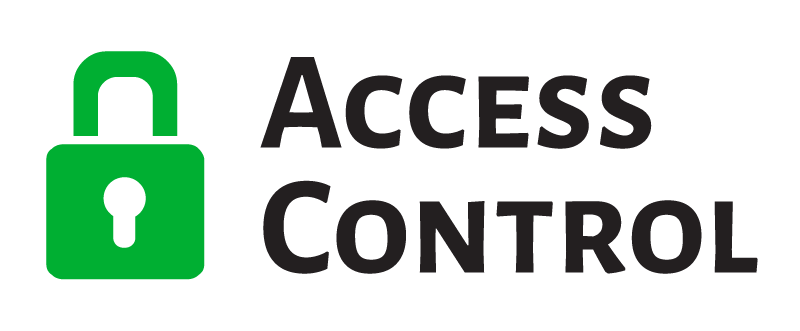Understanding Role Based Access Control
Managing access to resources and sensitive information is critical. One of the most effective methods for managing permissions is through role-based access control (RBAC). But what exactly is role-based access control? How does it work, and what benefits does it offer?
In this blog, we’ll answer what is role based access control, provide role based access control examples, and dive into practical applications, including an Azure role-based access control example.
What is Role-Based Access Control?
Role-based access control (RBAC) is a security framework that restricts system access to authorised users based on their role within an organisation. Rather than assigning individual permissions to each user, access rights are assigned to roles, and users are then assigned to those roles.
This model simplifies the management of permissions and enhances security by ensuring that individuals can only access data and resources relevant to their job responsibilities. For instance, an HR manager would have access to employee records, while a software developer may have access to development tools and resources, but not sensitive HR data.
The Role-Based Access Control
At the heart of role-based access control lies the RBAC model, which is built on three primary components:
- Roles: A collection of permissions that define what actions a user in that role can perform.
- Users: Individuals assigned to specific roles.
- Permissions: The operations that can be performed within the system (e.g., read, write, delete).
By structuring access in this way, role-based access control administrators can easily manage user permissions, ensuring that each employee or user has access only to the resources necessary for their role.
Role-Based Access Control Examples
To better understand RBAC, let’s explore a role-based access control example in action:
Example 1: Corporate IT System
In a large corporation, different departments need access to different resources. The IT department, for instance, might use RBAC role-based access control to grant access based on job functions. An employee in the marketing department would be assigned to a “Marketing” role, giving them access to tools like email marketing software, social media management platforms, and CRM data. On the other hand, someone in the finance department would have access to financial records and payroll software.
Example 2: Azure Role-Based Access Control
In cloud environments like Azure, role-based access control (RBAC) is used extensively to manage access to cloud resources. With Azure role-based access control, administrators can assign roles to users, groups, and services at different levels (like subscriptions, resource groups, or specific resources).
For example, an Azure role-based access control administrator could assign the “Contributor” role to a developer, allowing them to create and manage resources, while assigning a “Reader” role to a business analyst, giving them read-only access to data without the ability to make any changes.
Key Benefits of Role-Based Access Control
Implementing RBAC offers several advantages:
- Improved Security: By limiting access to only the necessary data and systems, RBAC minimises the risk of unauthorised access and data breaches.
- Simplified Management: Role-based access control administrators can manage permissions centrally, ensuring consistency across the organisation.
- Compliance: RBAC helps organisations comply with regulatory requirements by ensuring that sensitive information is accessible only to those who need it.
- Scalability: As organisations grow, role-based access control scales easily, allowing administrators to quickly assign or change user permissions based on predefined roles.
Best Practices for Implementing Role-Based Access Control
To maximise the effectiveness of your role-based access control model, follow these best practices:
- Define Clear Roles: Ensure roles are clearly defined and mapped to specific business functions.
- Principle of Least Privilege: Grant users only the minimum level of access necessary for them to perform their job.
- Regular Audits: Periodically review user roles and permissions to ensure they are still valid and align with the current job responsibilities.
- Segregation of Duties: Use multiple roles to ensure no one user has excessive control, which could lead to fraud or security breaches.
Azure Role-Based Access Control (RBAC) Example
Let’s take a closer look at an Azure role-based access control example to understand how this model is applied in cloud environments.
In Azure, each role defines the actions a user can take on a resource. For example, the “Virtual Machine Contributor” role allows a user to create and manage virtual machines but doesn’t give them permission to modify the network settings. A company might assign this role to its developers, allowing them to deploy and manage VMs without giving them full administrative privileges.
Additionally, an Azure role-based access control administrator can create custom roles that meet specific organizational needs, providing greater flexibility.
Why Use Role-Based Access Control in Azure?
Role-based access control in Azure simplifies the management of large-scale cloud environments by providing a framework for assigning appropriate permissions to users and services. With thousands of resources being deployed, it’s essential to control access systematically and securely. By using Azure role-based access control, organisations can efficiently manage user permissions, ensuring that individuals have access only to the resources they need to do their job.
Role-based access control (RBAC) is a powerful and flexible security model that simplifies the management of user permissions while improving overall security. By implementing role-based access control, organisations can ensure that only authorised users have access to critical resources, reducing the risk of breaches and enhancing operational efficiency.
Whether you’re securing a corporate IT system or managing access in a cloud environment like Azure, understanding what is role-based access control and how to apply it effectively is crucial for maintaining robust security. With real-world examples, such as the Azure role-based access control example, it’s clear that RBAC is essential for modern access management strategies.
Need some extra support?
Our friendly team of experts will help resolve your issue and answer your questions in no time!
Call us on 0333 7000 123 or Make an enquiry.


